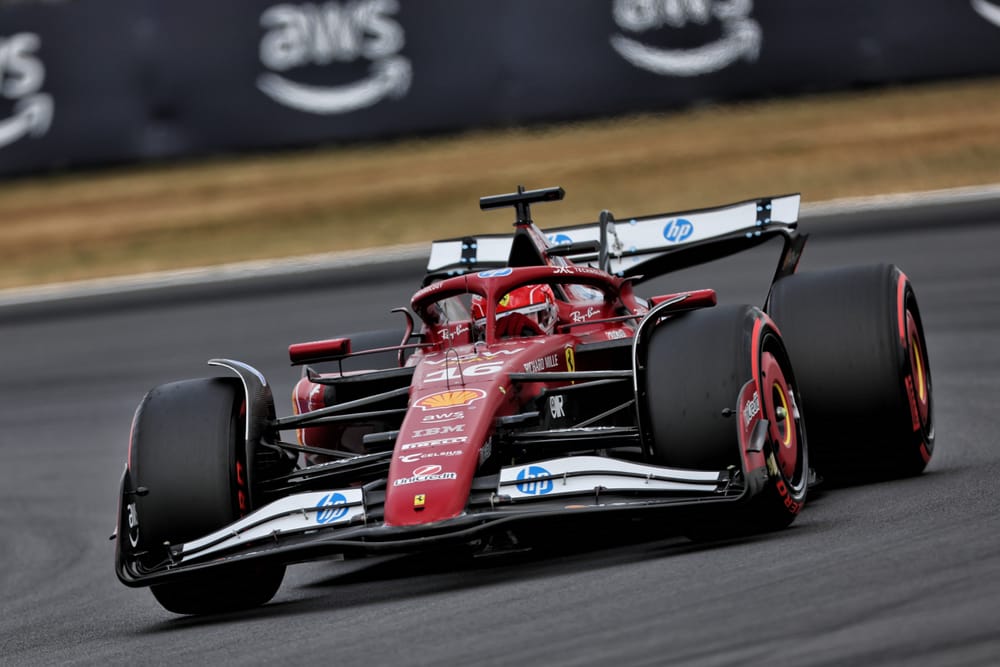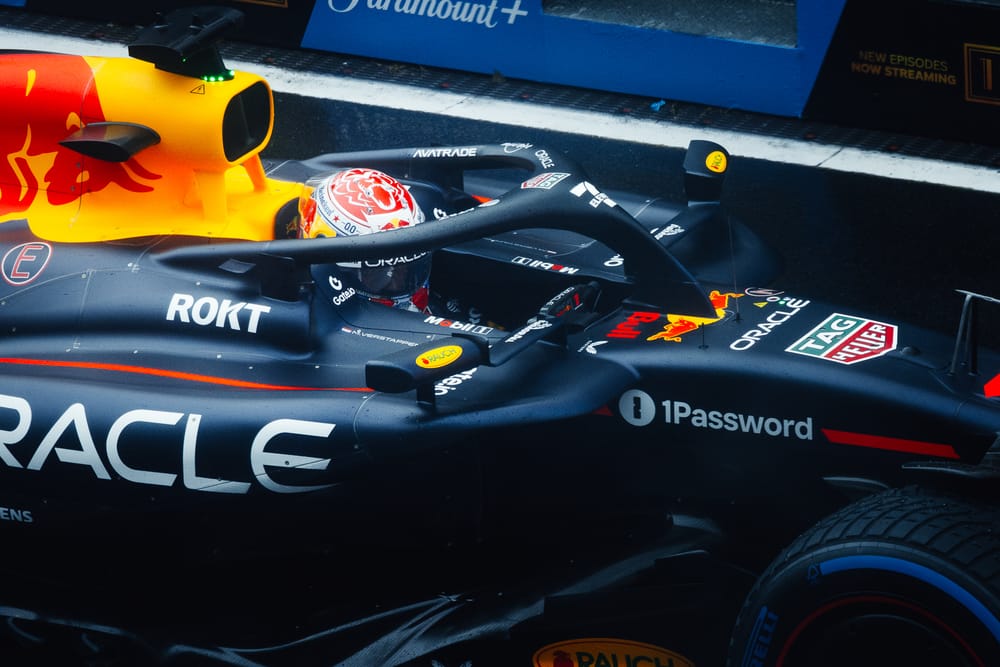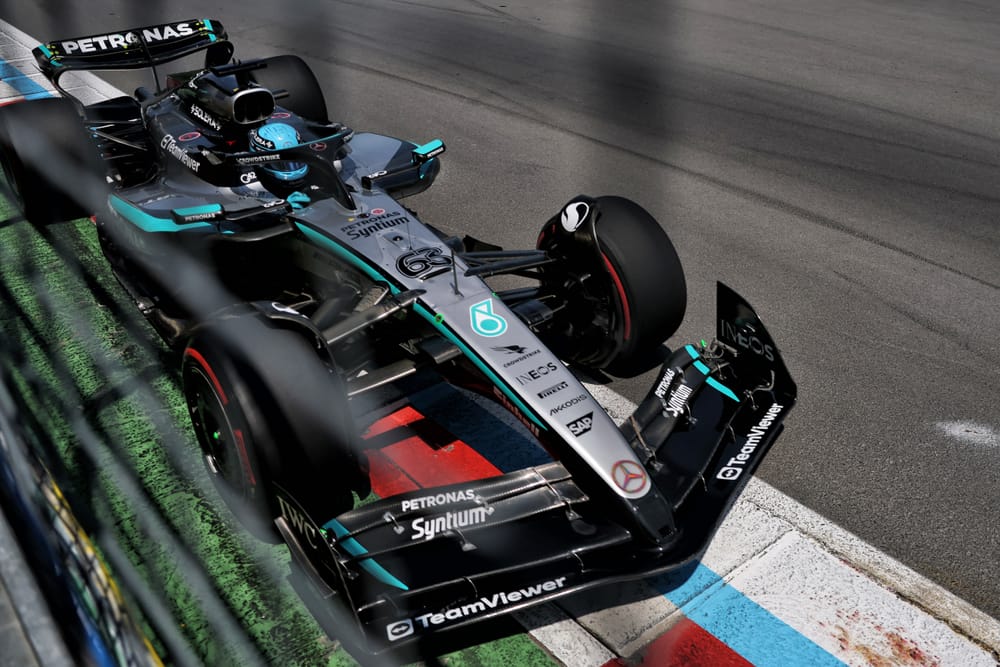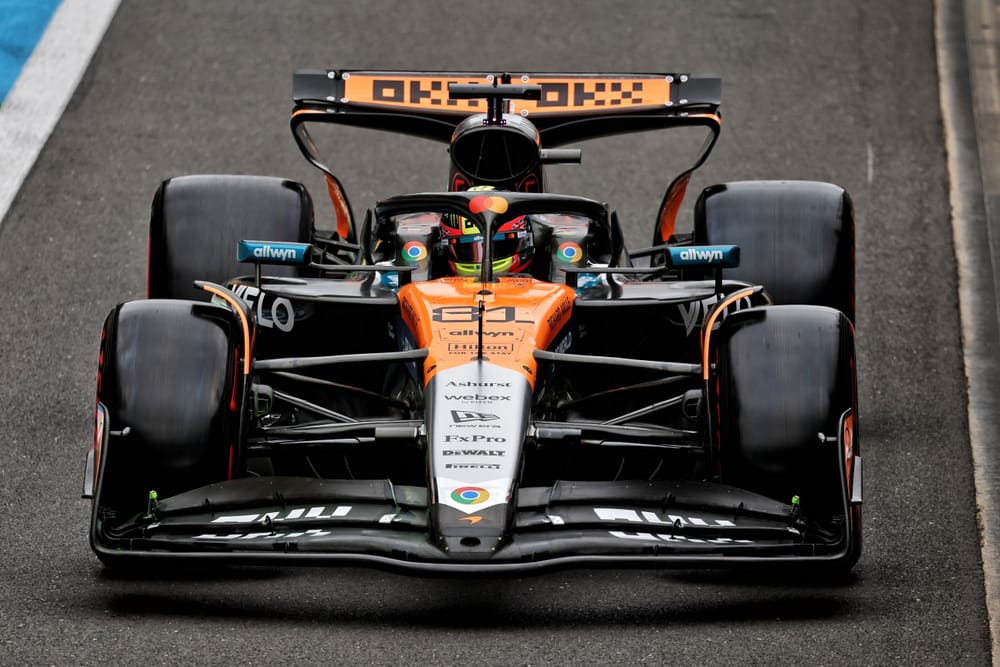McLaren has dominated the 2025 Formula 1 season so far, winning nine out of 12 grands prix, amassing more than double the points of any of its rivals and making the fight for the drivers’ championship an intra-team affair.
But while there’s no doubt the McLaren MCL39 is a great car that has earned its place on top in F1, that’s been helped by the struggles of its key rivals.
Even once it became clear that McLaren would have the advantage early on, the expectation was that the gap would close. That’s not proved to be the case and McLaren has recently looked close to unbeatable in race conditions - at least on occasions when the drivers deliver - with wobbles like Canada, where neither driver finished on the podium, very much the outlier.
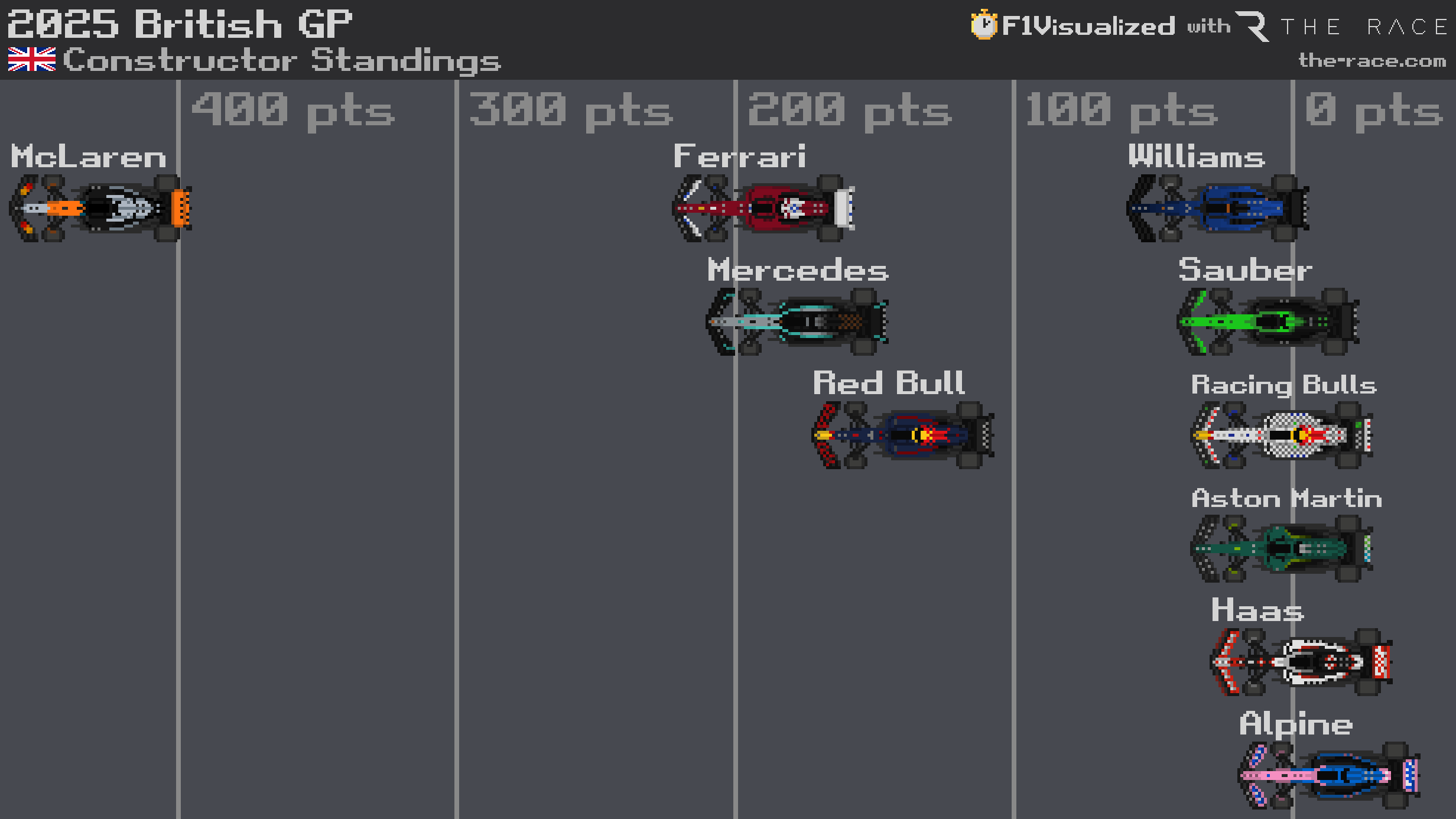
There’s still time for things to turn around, but McLaren’s advantage is so big that it is almost inconceivable it could lose the constructors’ championship - with Ferrari, Mercedes and Red Bull all too far behind. Each has made their own missteps that have given McLaren a relatively clear run to the top of F1.
Ferrari
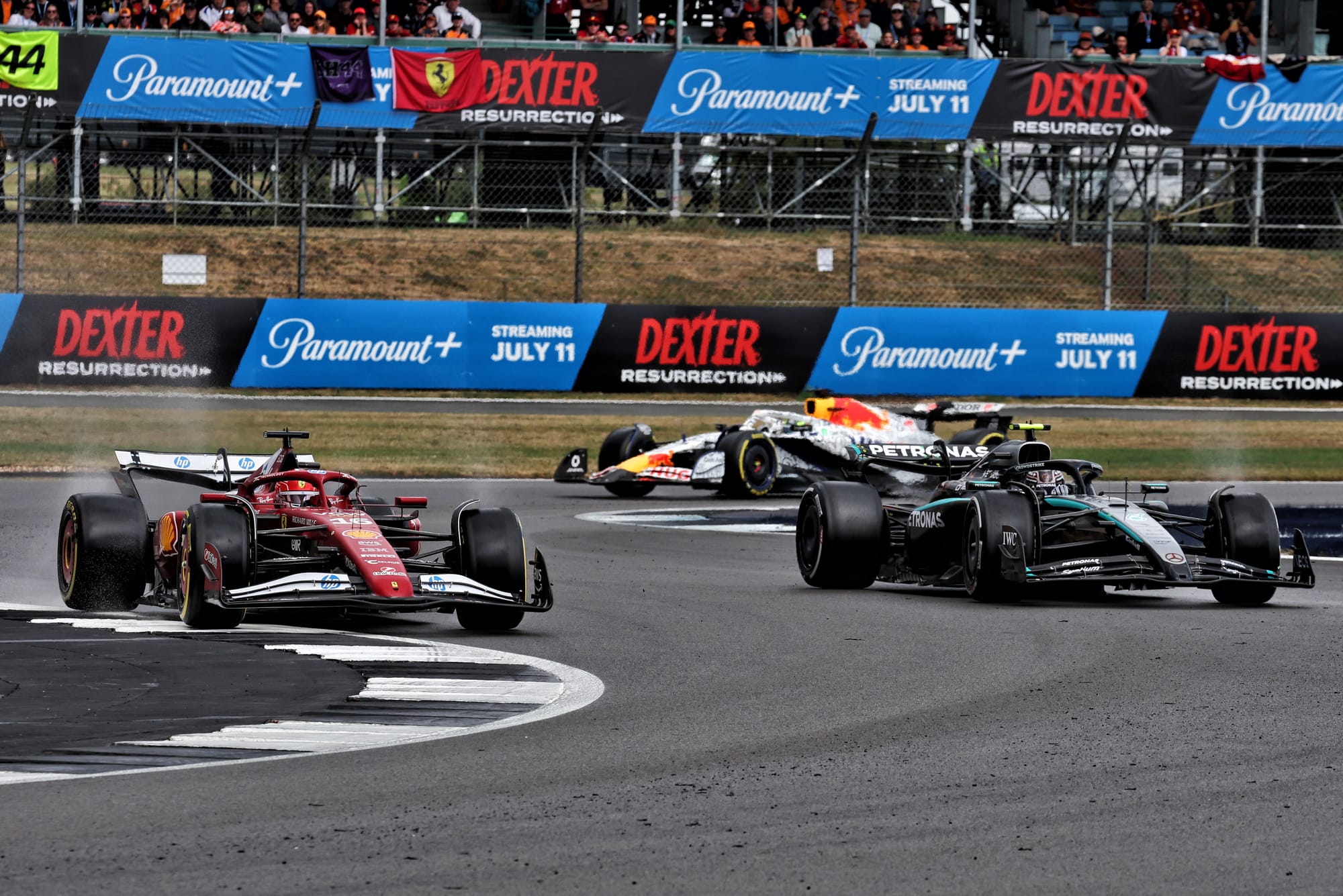
In Charles Leclerc’s words, it has been a “much tougher first part of the season than we expected”. That’s something of an understatement given nothing less than fighting for, and even winning, the world championship was a reasonable target after a strong end to 2025.
Aside from Lewis Hamilton’s sprint victory in China, Ferrari’s best result is second - one of just four podium finishes in a grand prix this year. But that could be about to change as Ferrari bids to correct the misstep it took with the 2025 car.
After introducing a floor upgrade for the Austrian Grand Prix at the end of June, an expected modification to the rear suspension for the next race in Belgium could be the key step. This is understood to make the rear damping more powerful.
Ferrari introduced a shorter gearbox for 2025 to allow the cockpit to be moved rearwards within the same wheelbase.
This was all part of a push to create more aerodynamic opportunities in the car amid concerns that it was topping out in terms of development potential. That means less space for the rear damper, which means a more compact design that, it turns out, isn’t powerful enough or responsive enough to control the ride height at speed.
As a result, Ferrari has often had to run a higher ride height, sacrificing performance, as well as adopting what Leclerc has described repeatedly as a more “extreme” set-up.
“We are going to try and bring upgrades as soon as possible that will tackle some of the weaknesses we have,” said Leclerc at Silverstone.
“I’m sure it will close the gap. Whether it will close completely the gap, I don’t think so.
"It’s a significant advantage that they [McLaren] have at the moment, and it’s not down to only one upgrade or one part of the car, it’s a multitude of upgrades in order to get to the level.
"But little by little, at least if we are close enough to put them under pressure, I hope that we can force them into a bit more mistakes because at the moment they’ve got too much margin for us to be putting any kind of pressure.”
While not a magic bullet, if Ferrari can run lower that should equal a performance step all around the lap, and improve the qualifying pace in particular. It should also help Hamilton, who has talked extensively about the battle to get on top of a car that doesn’t have the characteristics he wants.
While it’s too late to challenge McLaren for a title, team principal Fred Vasseur is hopeful that this could at least allow Ferrari to win races and hang onto second in the constructors’ championship.
“We are all lucid that it will be more than difficult to come back on McLaren,” said Vasseur after the British GP.
“First they have an advantage, sometimes on some track or some conditions we are able to fight with them, but overall they have an advantage. And also they have a big advantage in terms of the championship.
"Even if you win all the races until the end, I'm not even sure that you will be champion. But we are still in the fight with Mercedes and Red Bull, we are still in a fight to win some races and it's important for the team.”
The upcoming changes potentially means Ferrari could emerge as McLaren’s most consistent threat despite having failed to win a race this year.
If Ferrari can re-emerge as a race-winning force in the second half of the year, that will also ease the pressure on Vasseur after rumours started to swirl about his future. That pressure easing would be good news for Ferrari, because the last thing it needs to do ahead of next year’s major rules reset is to replace such a capable team boss.
Red Bull
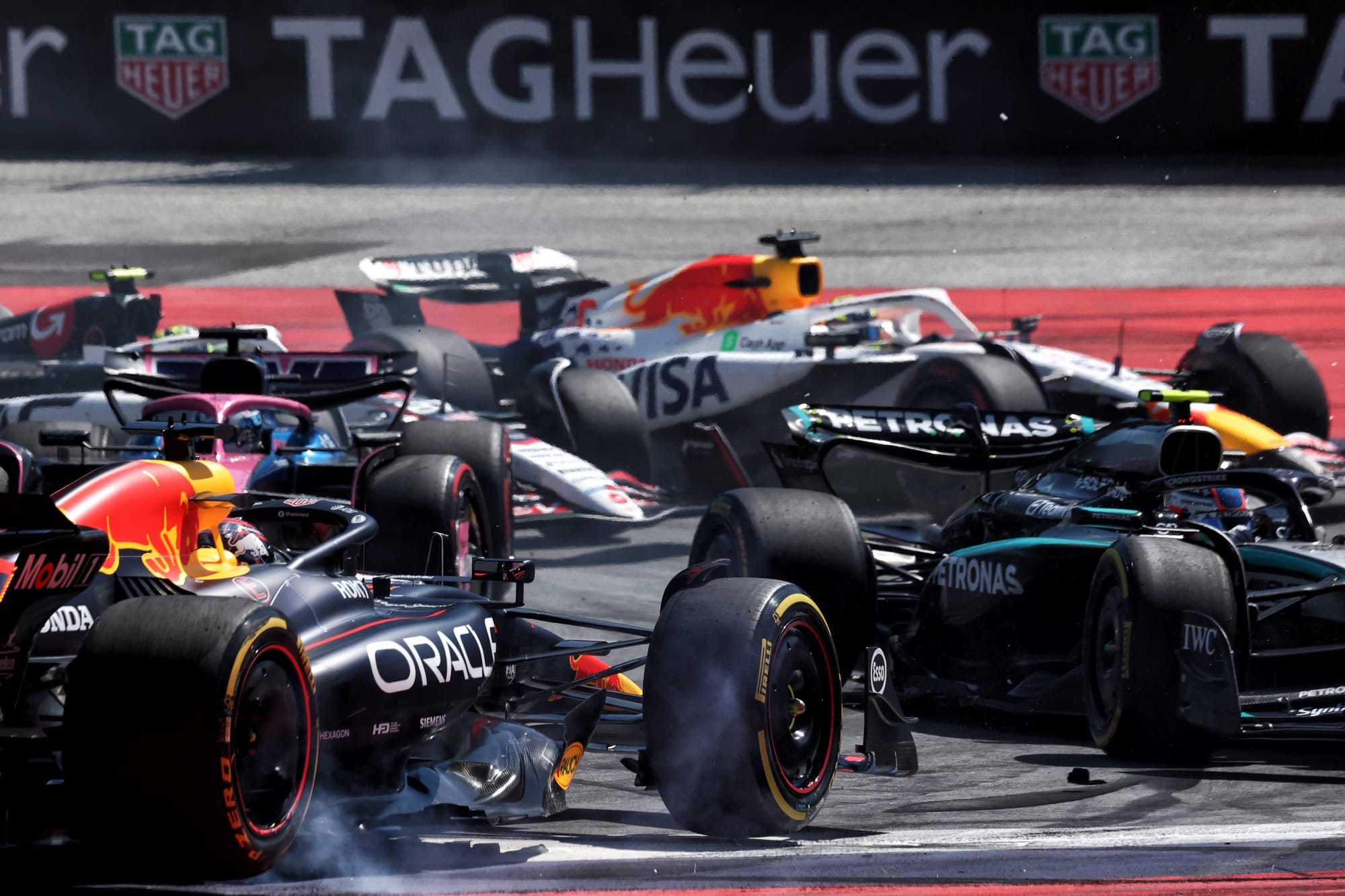
Red Bull’s season was disappointing even before the bombshell news that Christian Horner had been removed from operational duty with the team, with former Racing Bulls team principal Laurent Mekies taking over as CEO.
There is much work to do to reignite Max Verstappen’s slender drivers’ championship hopes.
That said, Red Bull may only be fourth in the constructors’ championship but it has been McLaren’s closest rival so far this year on pace.
Or rather, Verstappen has, with the struggles of first Liam Lawson and then Yuki Tsunoda one of the reasons why Red Bull is having so much trouble in 2025.
However, their difficulties are primarily a reflection of the car’s limitations. And despite recent upgrades, including floor modifications both for Austria and Britain, working well, the car still isn’t strong enough for Verstappen’s liking.
“The updates work, that’s for sure, but it’s not enough, we know that,” he said after finishing fifth at Silverstone.
Red Bull has battled problems since the middle of 2023, a season where it dominated but during which Verstappen complained about the balance problems - particularly a tendency to understeer and what he called a disconnected front-to-rear balance.
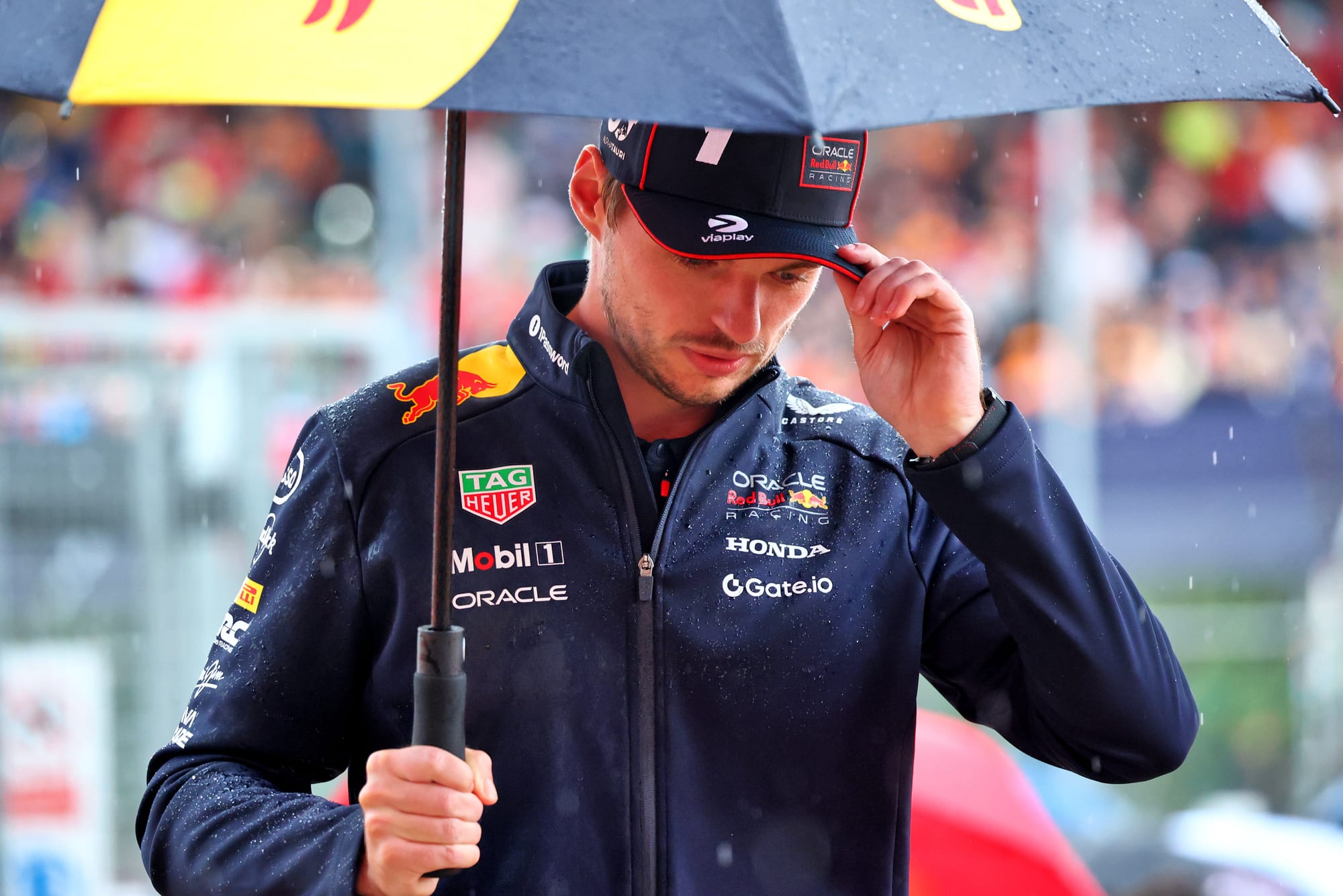
That has improved, but the car still has problems in slower, longer corners with dreaded understeer often rearing its head.
Red Bull’s ageing and temperature-sensitive windtunnel, which is being replaced by a new state-of-the-art one in Milton Keynes that will come online in 2026, has been blamed for this although it’s clear Verstappen believes more should have been done to take action on the problems he was raising long ago.
On faster tracks, the car has been more competitive. As Verstappen puts it, “we are normally a bit better in the high speed, but the pace of the McLaren is insane”.
Beating McLaren has proved difficult despite Verstappen’s brilliance. He did so at Suzuka thanks to an inspired pole lap that allowed him to hold off Lando Norris and Oscar Piastri in the one-stop, low degradation race, and at Imola where he ambushed Piastri on the first lap.
But in the last four races he’s managed only 29 points compared to Piastri's benchmark of 73.
Verstappen is now 69 points behind championship leader Piastri. In historical terms, to come back from a deficit of that magnitude is almost impossible as if you adjust the gaps to reflect the current 25-points-for-a-win structure the only occasion it has happened was in 1976.

Then, James Hunt overturned a deficit of 35 points (which equates to 97 points in today’s money), but only because Niki Lauda’s near-fatal Nurburgring crash meant he missed two races.
Kimi Raikkonen overturned a similar deficit of 26 points in 2007, which equates to 65 points, but that required one of the most astonishing run-ins in F1 history to happen.
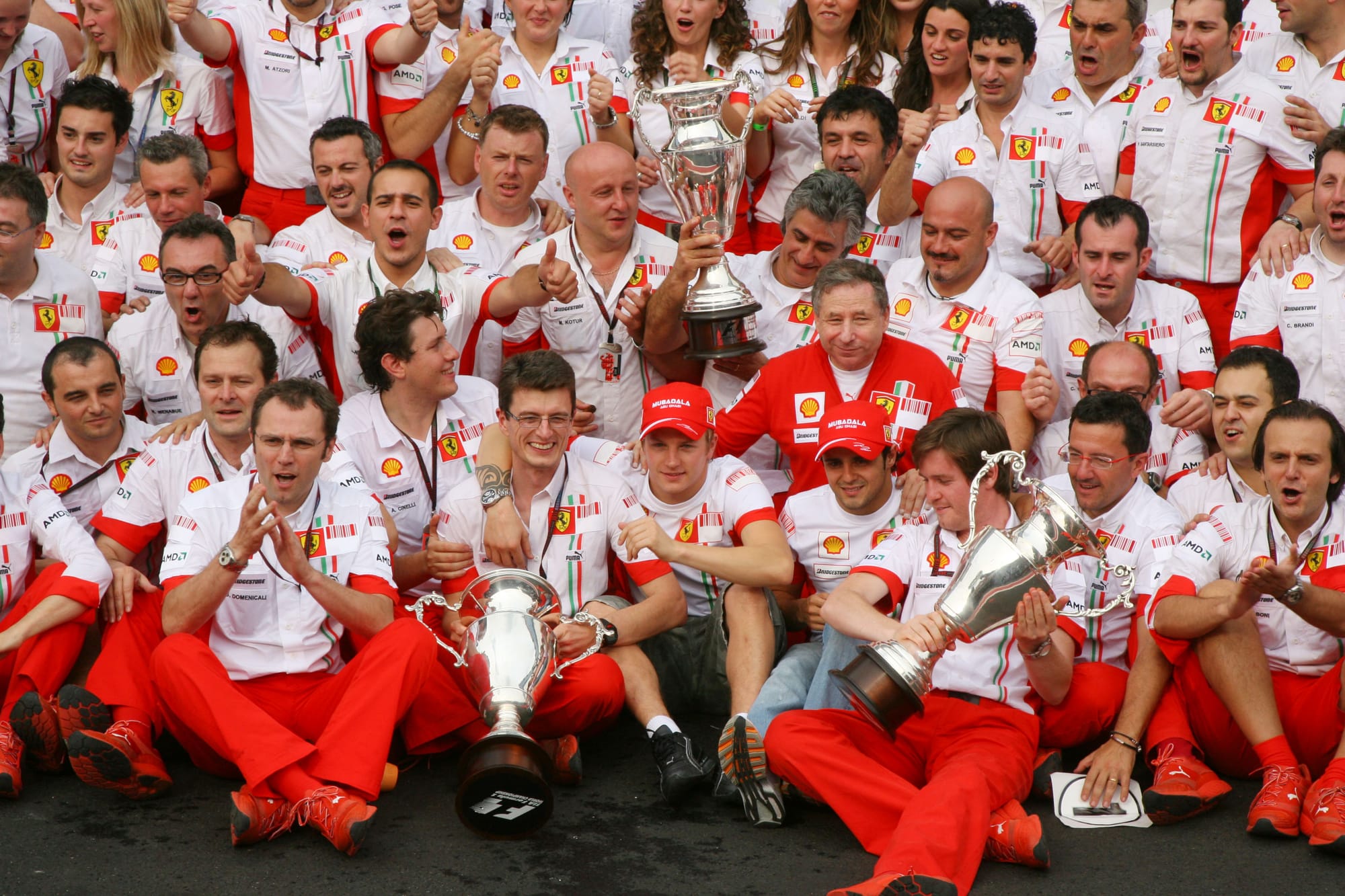
Given the car performance and that gap, it’s no surprise Verstappen been saying for some time now that he’s not even thinking about the championship. And with outgoing team principal Horner saying after the British Grand Prix that “90% of the focus now is on 2026”, there’s not going to be a vast amount of new parts to come.
Verstappen and Red Bull can never be counted out completely, but it’s going to take a sensational turnaround for him to have any chance of re-emerging as a title threat.
Mercedes
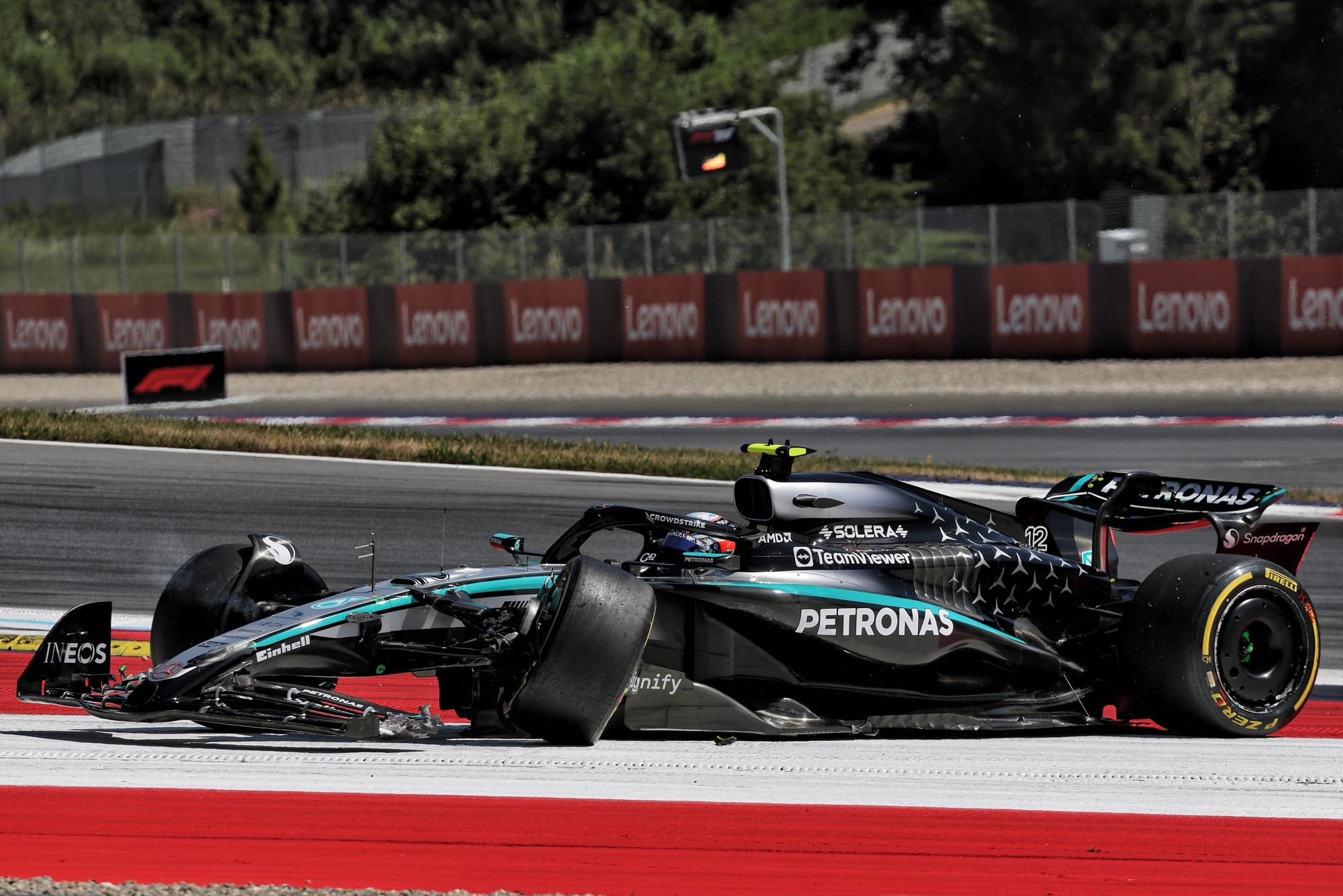
Mercedes is capable of winning from pole position - as George Russell did in Canada.
Yet at its worst, it has very much been fourth-best of the top teams. That adds up to it being in a tight battle for second with Ferrari in the constructors’ championship - but no threat to McLaren.
The Mercedes W16 has proved to be a strong car at its best, one that has proved responsive to driver’s inputs.
However, its fortunes have waxed and waned with temperature - the cooler it is, the better the Mercedes generally is - especially on tracks such as Montreal where the surface is smooth and the corners are short in terms of lateral load.
But when it’s warmer and tougher for the tyres, Mercedes struggles. As technical director James Allison puts it, “this is a championship that’s being won on the basis of who’s best at controlling tyre temperatures”.
However, while the temperature troubles remain, Mercedes has made progress in other areas.
Notably, it introduced a modified rear suspension geometry for the seventh round of the season at Imola that offers more anti-lift to keep the rear ride height under control when on the brakes.
While this was removed for the next race in Monaco amid confusing results, once Mercedes had sifted through the data it was confirmed to be a step forward and reappeared in Canada.
The team has also confirmed there are more improvements to come, including in the next double header in Belgium and Hungary. But all the indications are that while it will be a victory threat on its day, particularly if temperatures are low, it won’t be toppling McLaren this year.
McLaren moved the game on

As its rivals floundered, McLaren did not stand still. Although there was the wobble in Canada, where it only managed 12 points for Piastri’s fourth place, that was partly circumstantial and the car pace was still strong - as proved by following that up with back-to-back 1-2 finishes in Austria and Britain.
And the upgrades have continued to flow. In Canada, there was a new front wing and a front suspension geometry tweak introduced to improve the feel and feedback that Norris has struggled with. While this isn’t a performance upgrade, hence Piastri hasn’t used it as he was already happy with the feel of the car, it appears to have helped Norris.
In Austria, there were tweaks to the front suspension fairings and rear suspension geometry, as well as modifications to the inner fairings of the front wheels. There was also a new rear brake duct inlet at Silverstone.
And there’s more to come, including at the upcoming Belgian Grand Prix. At Silverstone, both drivers ran a modified floor in FP1 before reverting to the previous specification. That was always the plan, and Stella said its performance means it intends to use it at the coming events, likely starting with the race at Spa.
So the McLaren remains quick, and crucially is still outstanding when it comes to managing the rear tyre temperatures. That’s a critical strength that confers a race-pace advantage even if qualifying is closer.
That means even if its rivals make a step forward, McLaren should still be winning plenty of races in the second half of the season.



